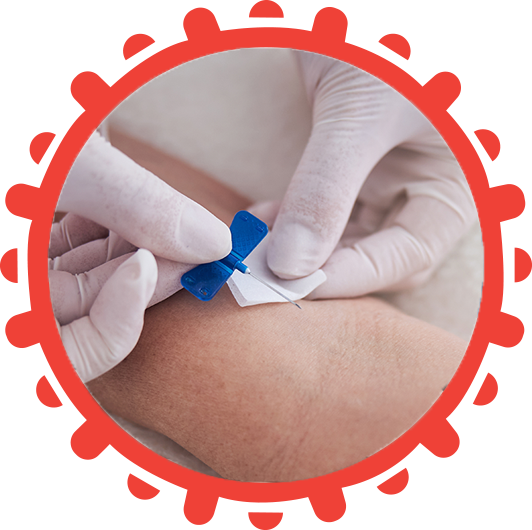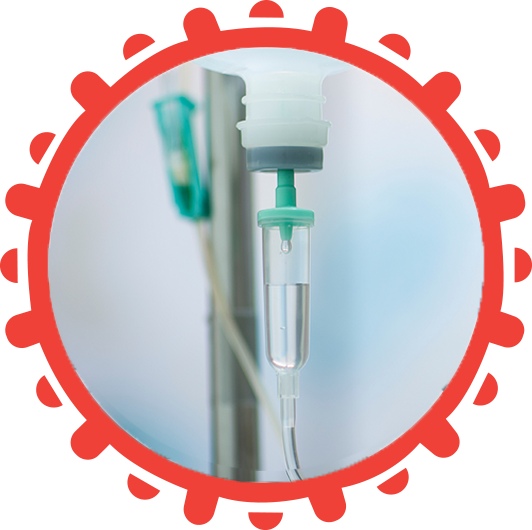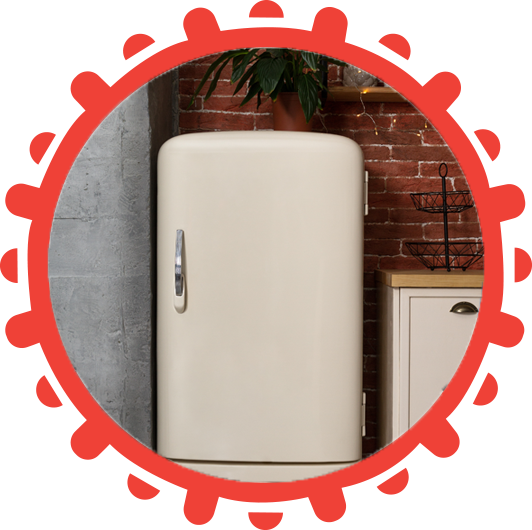
24/7 SERVICES
Normal Operating Hours: 8:00 AM – 5:00 PM
What happens if I have an emergency?
We have a registered nurse who is on call 24/7
Please be ready to provide your name, date of birth and doctor prescribing your treatment
TYPES OF VENOUS ACCESS DEVICES
1. Peripherally Inserted Center Catheter (PICC)
PICC’s start from a vein in your upper arm and are threaded into a large vessel above your heart.
2. Midline
Midlines start from a vein in your upper arm and typically end near your arm pit.
3. Tunneled Central Venous Catheter (Tunneled CVD)
Tunneled CVD’s are placed in your internal jugular vein and are buried (“tunneled”) under your skin, exiting by your chest.
4. Subcutaneous Port-a-Cath
If you already have a subcutaneous port-a-cath, we can most likely use this for your therapy. If you do not have one, an alternative venous access device will be considered.
Why do I need a special Venous Access Device?
Depending on the duration of treatment you may need to be on IV therapy for several weeks. Compared to short peripheral IV’s these venous access devices terminate in a larger vessel. This larger vessel is more durable and medications can be safely administered through it for a longer period of time.
BASICS OF IV THERAPY
Either you, a family member, or a private caregiver will be trained on how to administer your IV medication via your venous access device.
Types of administration
1. Slow IV Push: your medication will be put in a syringe and will be manually pushed into your venous access device.
2. Elastomeric Device: A elastic ball is filled with medication and locked. Once the lock is opened, the medication will flow into your venous access device over the prescribed rate.
We will need to follow up with you at least once a week to ensure your safety. We will also be cleaning your venous access dev ice and assessing your current condition along with other needs to prevent and monitor for potential complications.
HOME INFUSION REQUIREMENTS
Refrigerator
Working phone
Safe/clean place to administer



